Endurance racing and sprinting represent two distinct realms of the racing world, offering unique challenges and rewards. While sprints are fast-paced and adrenaline-fueled, endurance racing demands stamina, strategy, and resilience. The key differences between these two types of racing highlight what sets endurance racing apart from its high-speed counterpart.
Physical Demands and Training
Energy Systems

Endurance racing and sprinting involve distinct energy systems. In sprinting, the body primarily relies on anaerobic energy bursts, which allow for quick, explosive power over short distances. These races often last just a few seconds to a couple of minutes, requiring the body to generate maximum force in a brief period. Endurance racing, in contrast, depends heavily on the aerobic energy system. This system is designed for prolonged activity, providing a steady supply of energy over extended periods. The body must efficiently use oxygen to sustain performance throughout the race, which can last anywhere from a few hours to several days.
Training Regimens
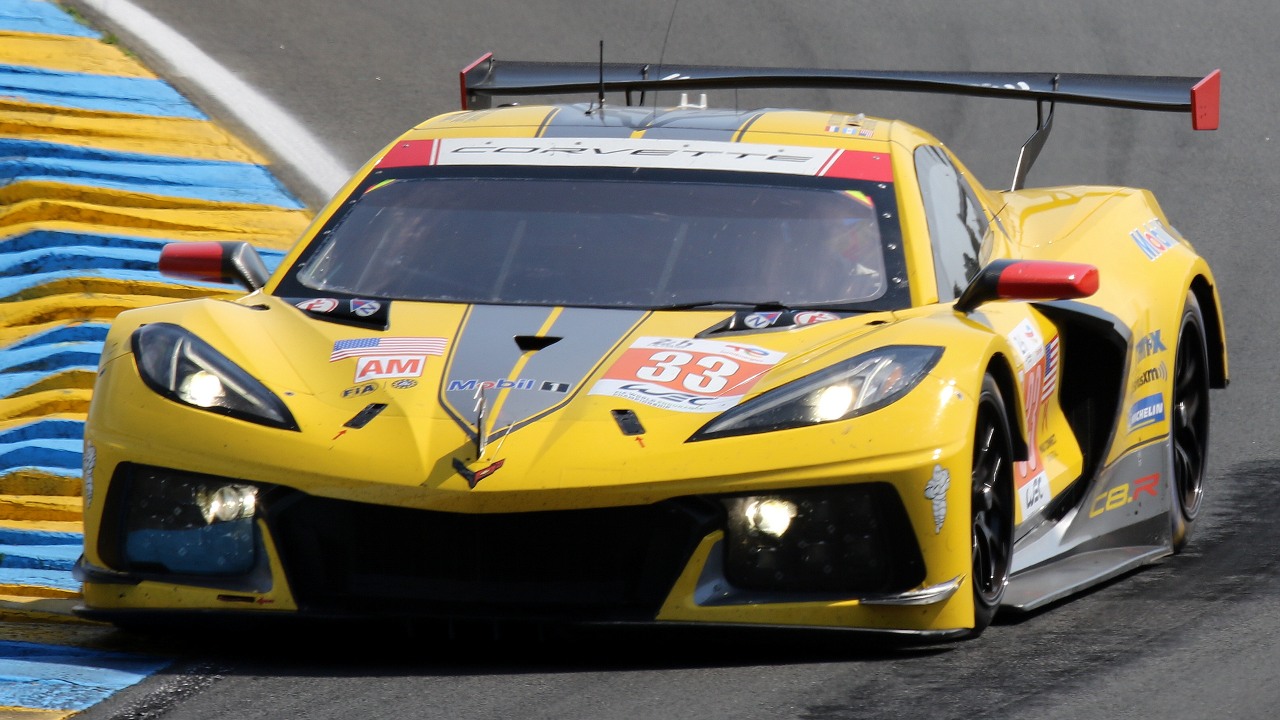
The training regimens for each type of racing also vary significantly. Sprint training focuses on building muscle strength and power through high-intensity interval training (HIIT) and plyometrics. Athletes work on explosive speed and quick recovery, often including short sprints, heavyweight training, and agility drills in their routines. On the other hand, endurance racers engage in long-duration stamina training, which involves steady-state cardio, long runs, and cycling sessions. This training aims to enhance cardiovascular endurance, muscular endurance, and efficient energy use. A successful endurance racer typically includes cross-training and recovery strategies to prevent burnout and injuries.
Strategic Complexity and Planning
Race Strategy
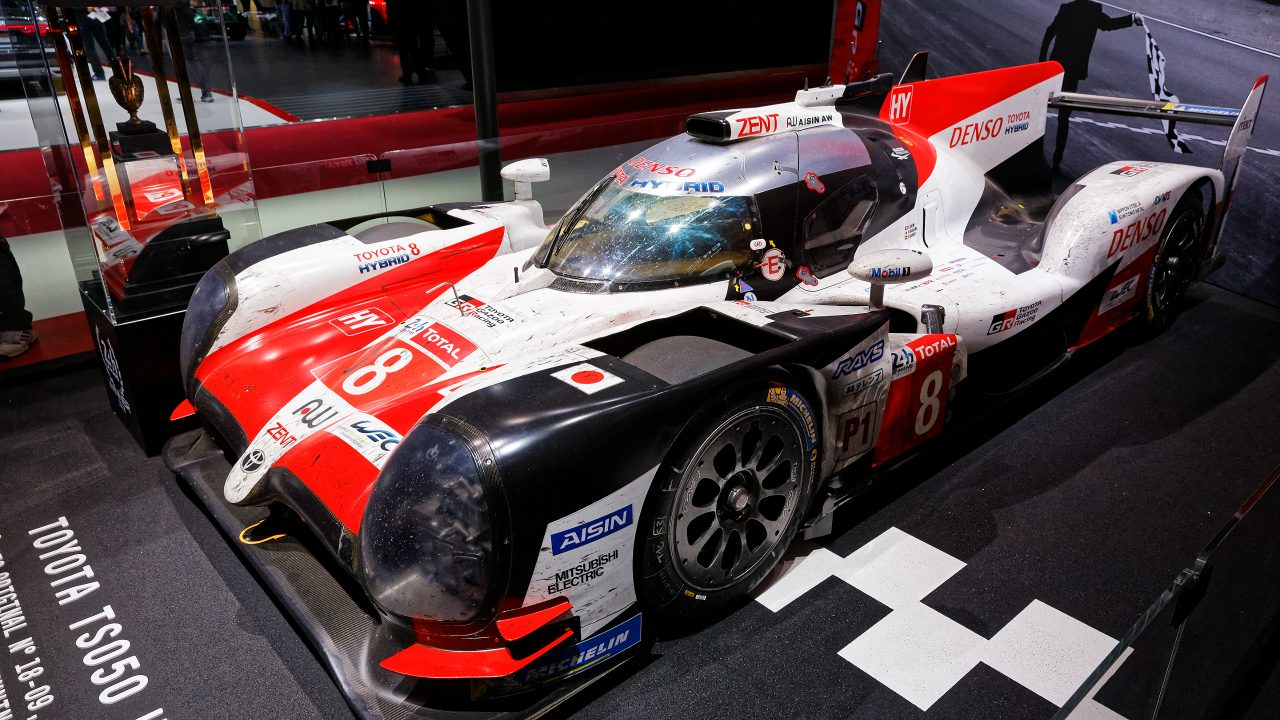
Endurance racing requires a level of strategic complexity that is less critical in sprints. A successful endurance race strategy includes planning for pit stops, fuel management, and team coordination. Drivers must balance speed with fuel efficiency, ensuring they can complete the race without running out of fuel. Pit stops are meticulously timed to minimize downtime while allowing for necessary maintenance, driver changes, and refueling. Additionally, endurance races often require coordination among team members to adapt strategies based on real-time race conditions and weather changes.
Mental Resilience
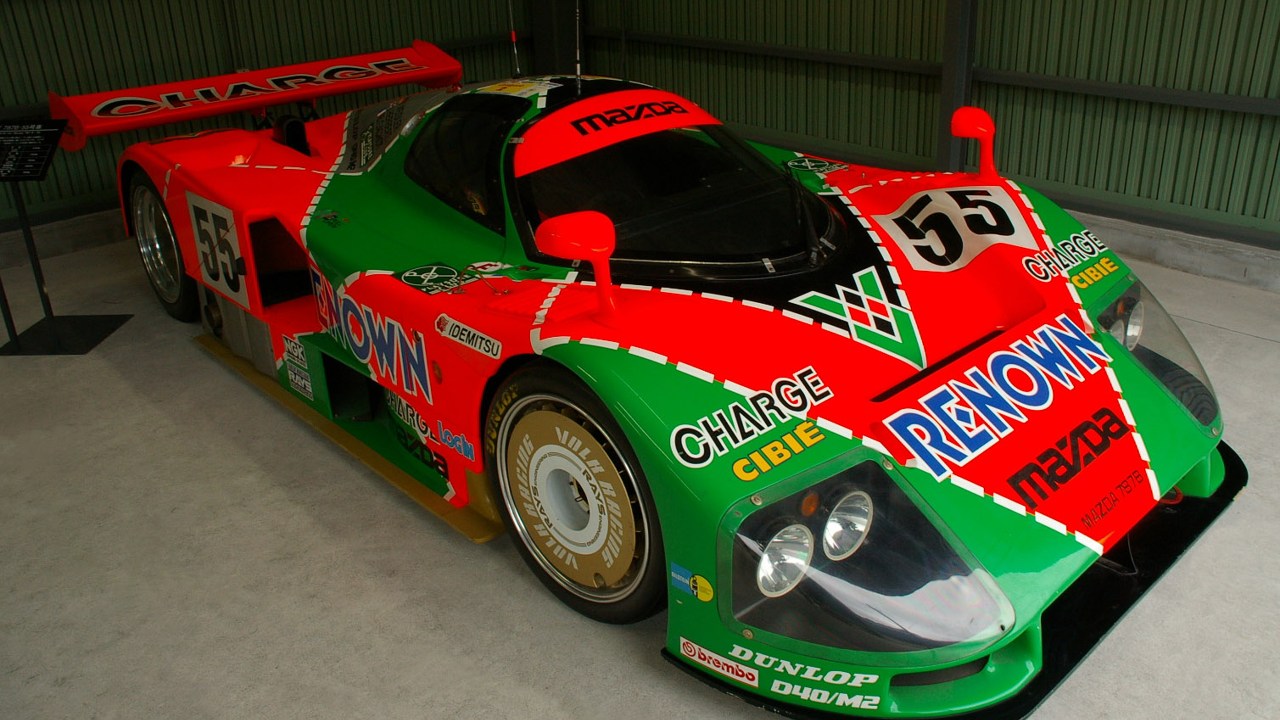
Mental resilience plays a crucial role in endurance racing. Maintaining focus and performance over long periods requires a strong mental fortitude. Racers must handle fatigue, changing race dynamics, and unexpected challenges while staying motivated. Unlike sprints, where a burst of energy and speed can secure a win, endurance racers face the psychological challenge of pacing themselves throughout the race. This mental toughness is essential for managing stress and maintaining a competitive edge, especially during the race’s final, critical moments.
Vehicle and Equipment Considerations
Mechanical Durability
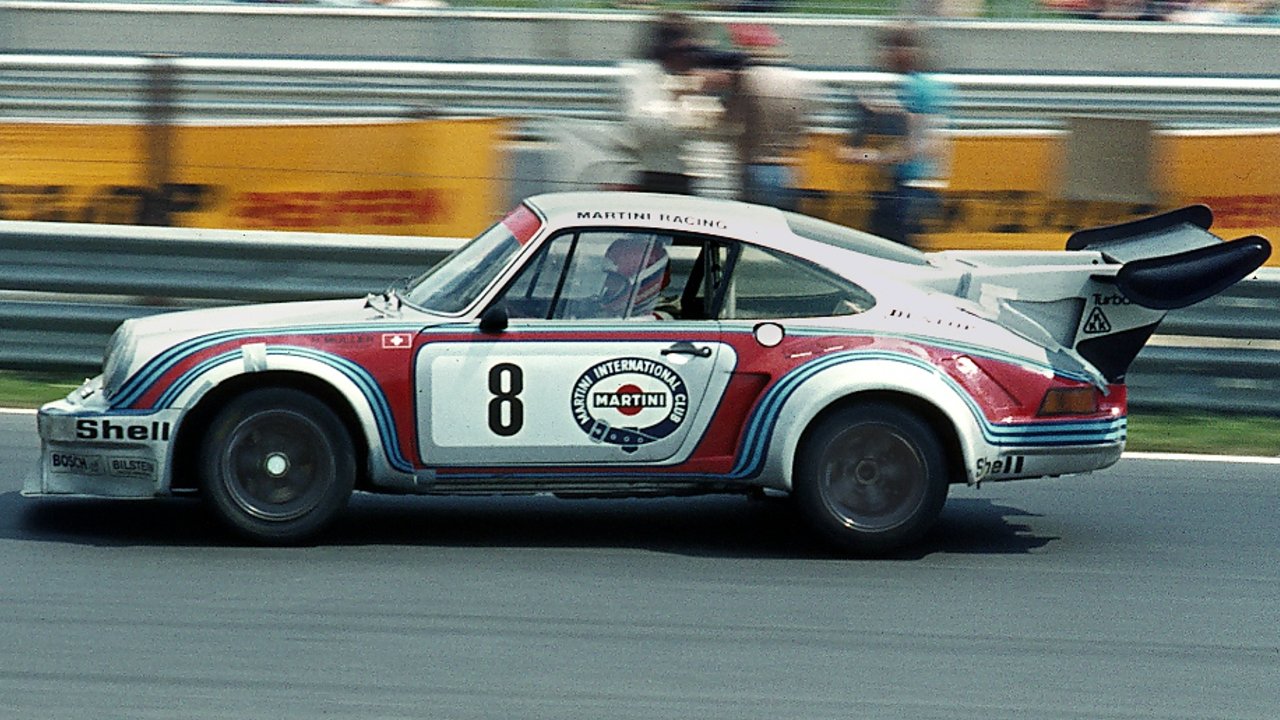
In endurance racing, vehicles must prioritize durability and reliability over short-term speed. Cars are built to withstand the rigors of long-distance racing, including extensive wear and tear on mechanical components. Manufacturers like Porsche, known for their robust designs in one-make series, focus on creating machines that can endure the physical demands of endurance racing. This includes reinforced chassis, high-performance suspension systems, and advanced cooling systems to maintain optimal performance throughout the race.
Technological Adaptations
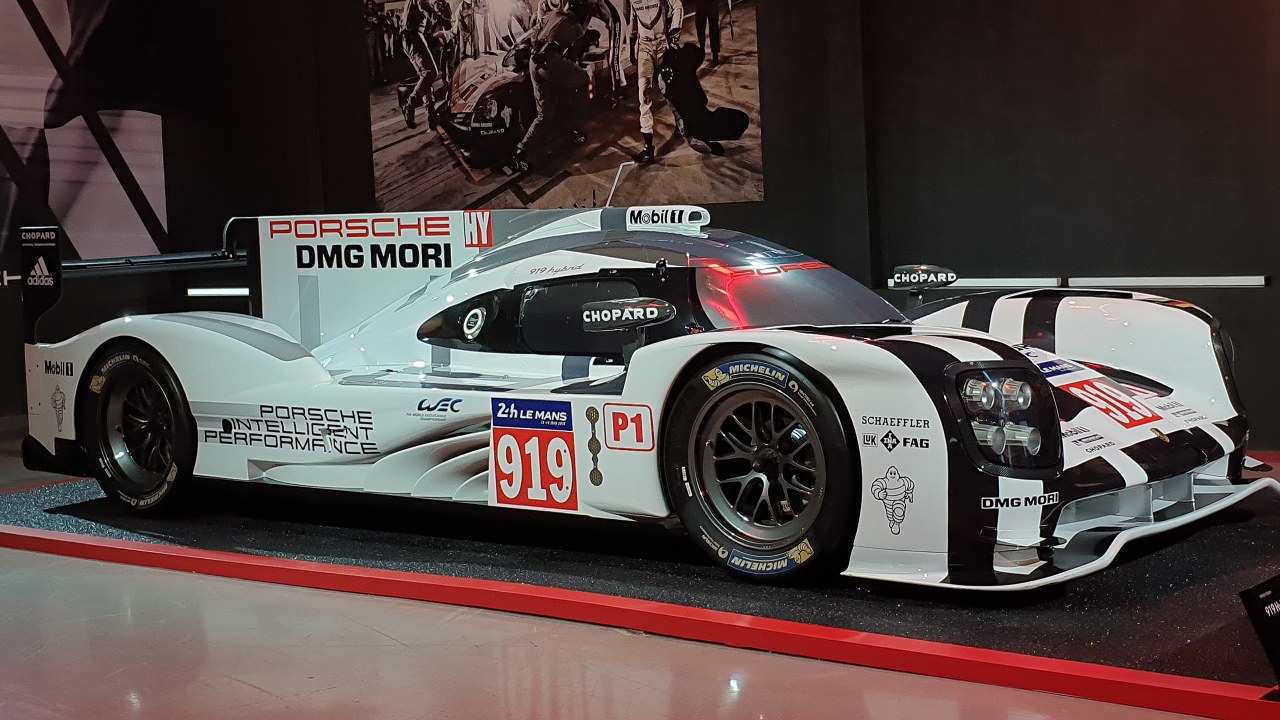
Technological adaptations are essential in endurance races, where fuel efficiency and tire wear management are critical. Cars are equipped with advanced telemetry systems that provide real-time data on fuel consumption, tire pressure, and engine performance. This data allows teams to make informed decisions regarding pit stops and race strategies. Additionally, endurance racing cars often use specially designed tires that can withstand long races while providing the necessary grip and performance. These technical modifications ensure that vehicles can perform consistently over extended periods without compromising speed or safety.
Teamwork and Collaboration
Role of Team Dynamics
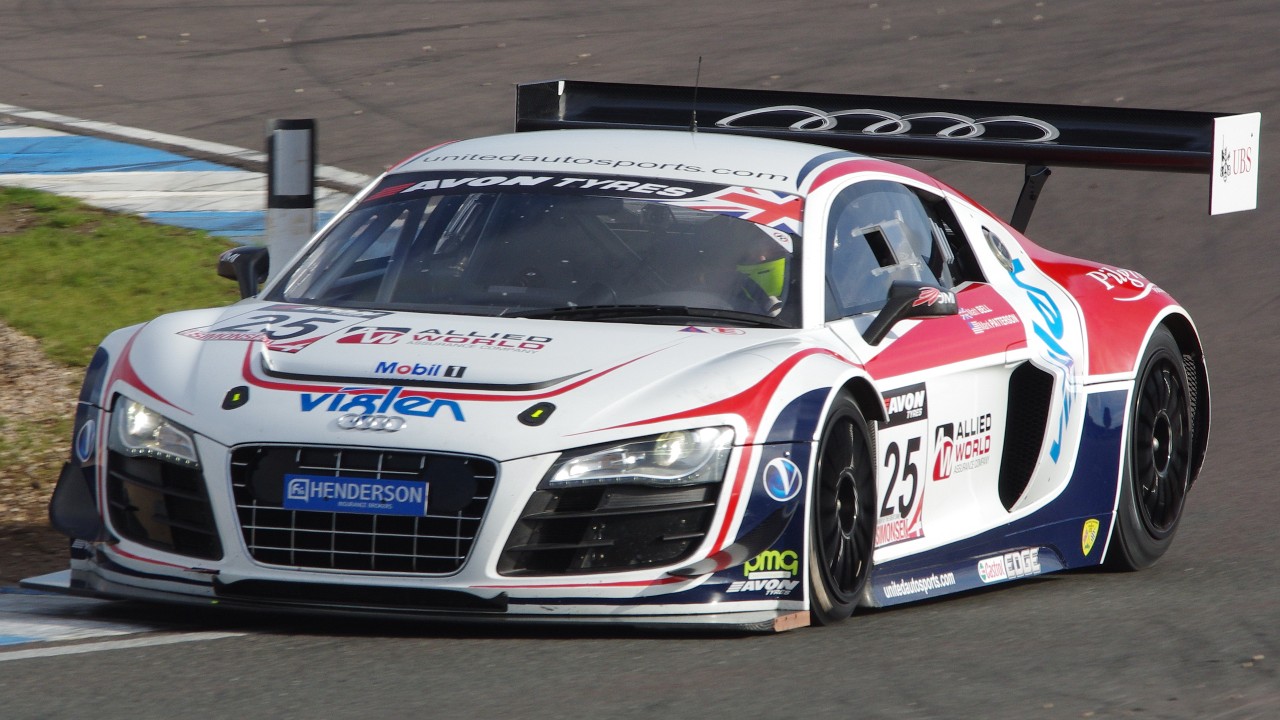
Team dynamics play a vital role in endurance racing, where collaborative efforts can significantly impact the race outcome. Unlike sprints, which often focus on individual performance, endurance racing relies on seamless teamwork for success. Driver changes are a common feature, requiring precision timing and coordination during pit stops. The pit crew’s efficiency in executing tire changes, refueling, and mechanical adjustments is crucial to maintaining competitive lap times. Each team member has a specialized role, and their ability to work together smoothly can make a significant difference in the race.
Communication and Coordination
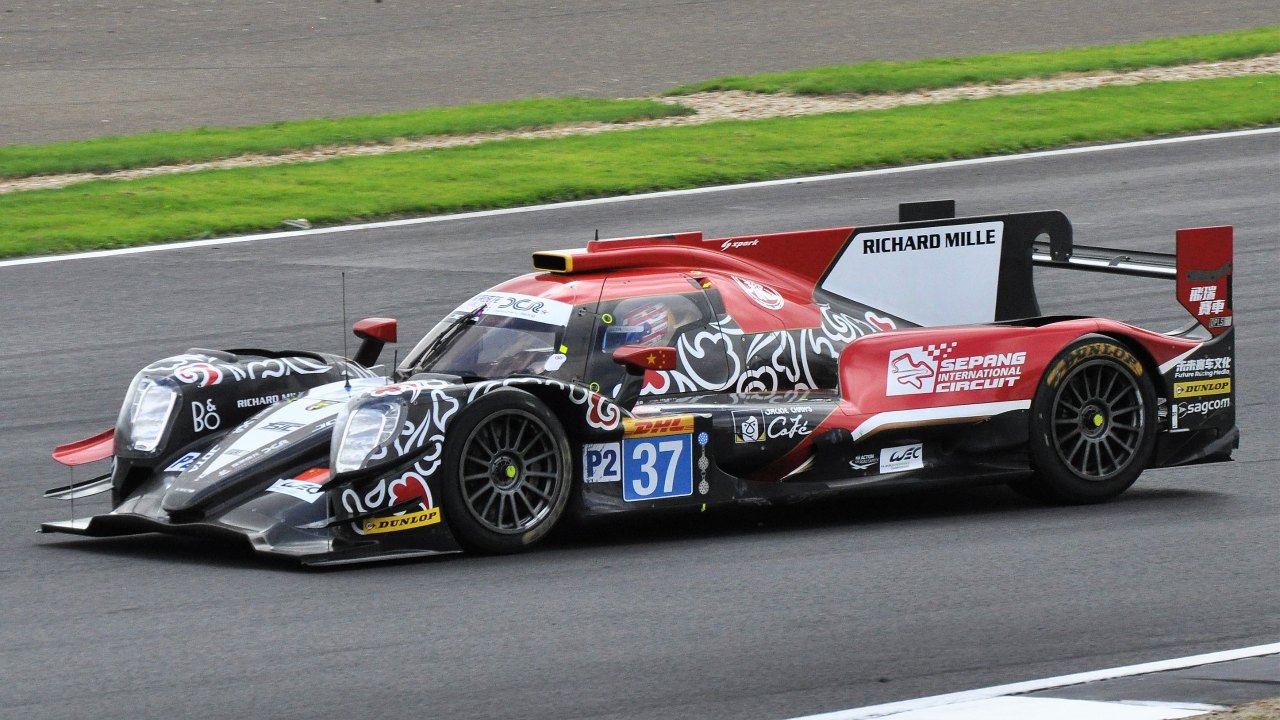
Continuous communication and coordination among team members are essential in endurance racing. Teams must adapt to changing race conditions, weather fluctuations, and competitor strategies. This requires real-time communication between drivers, pit crews, and team managers, often facilitated by advanced communication systems. The ability to make quick decisions based on evolving circumstances is a hallmark of successful endurance racing teams. Effective communication ensures that everyone is aligned with the race strategy and can respond promptly to any challenges that arise.
Psychological and Emotional Factors
Stress Management
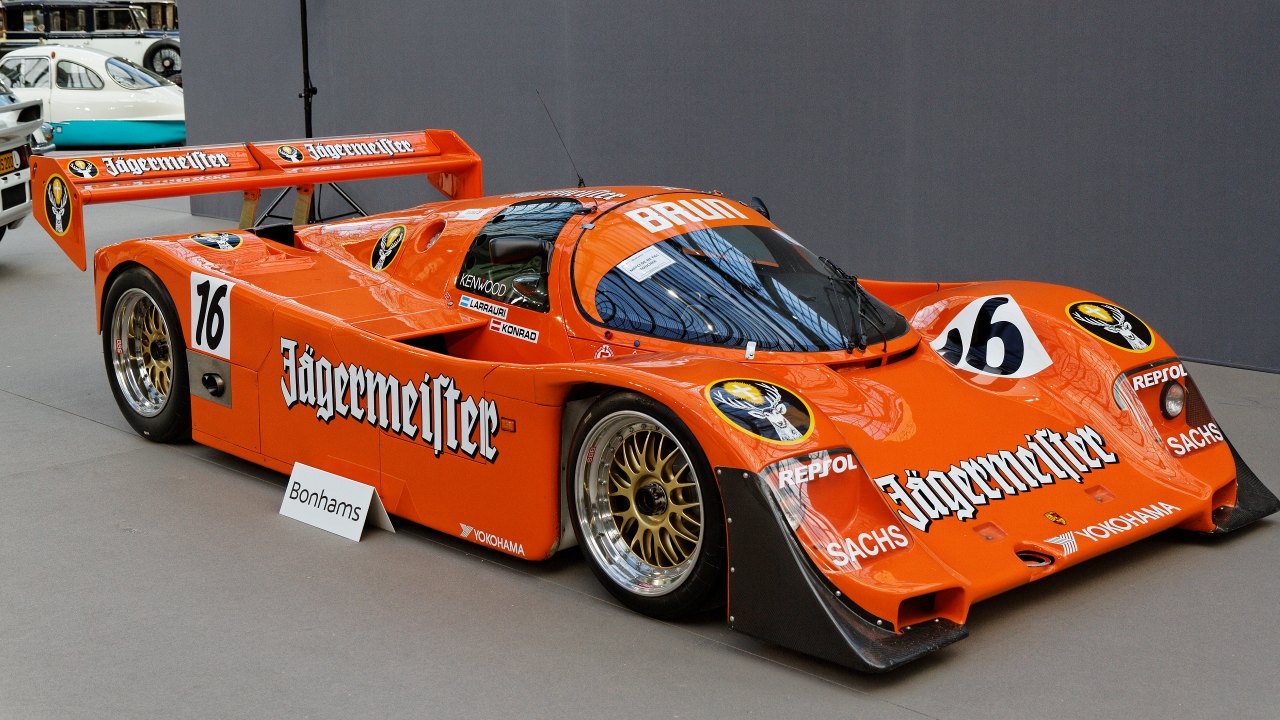
The psychological challenges faced by endurance racers are considerable, with stress management being a critical aspect of performance. Racers must cope with the pressure of maintaining a competitive edge over long durations, often in unpredictable conditions. The mental strain can be immense, requiring techniques such as mindfulness, visualization, and stress-reduction exercises to maintain focus and composure. A well-prepared endurance racer understands the importance of mental preparation and employs strategies to manage stress effectively throughout the race.
Emotional Endurance

Emotional endurance is equally important, as racers must navigate setbacks and maintain motivation across the race’s lengthy duration. The emotional highs and lows can be challenging, with racers facing issues like mechanical failures, adverse weather, or unexpected incidents on the track. The ability to remain emotionally resilient and bounce back from setbacks is crucial. Endurance racers often draw on past experiences and inner motivation to push through difficult moments, ensuring they remain focused on the ultimate goal of completing the race successfully.
Endurance racing and sprinting may share the fundamental goal of reaching the finish line, but the paths they take differ significantly. Each offers its own set of challenges and rewards, making them unique in the world of racing. Whether it’s the intricate planning, mental resilience, or team collaboration, endurance racing distinguishes itself as a complex and demanding discipline. For those interested in exploring the nuances of racing, understanding these differences can provide valuable insights into the broader racing landscape.
Like Fast Lane Only’s content? Be sure to follow us.
Here’s more from us:
*Created with AI assistance and editor review.

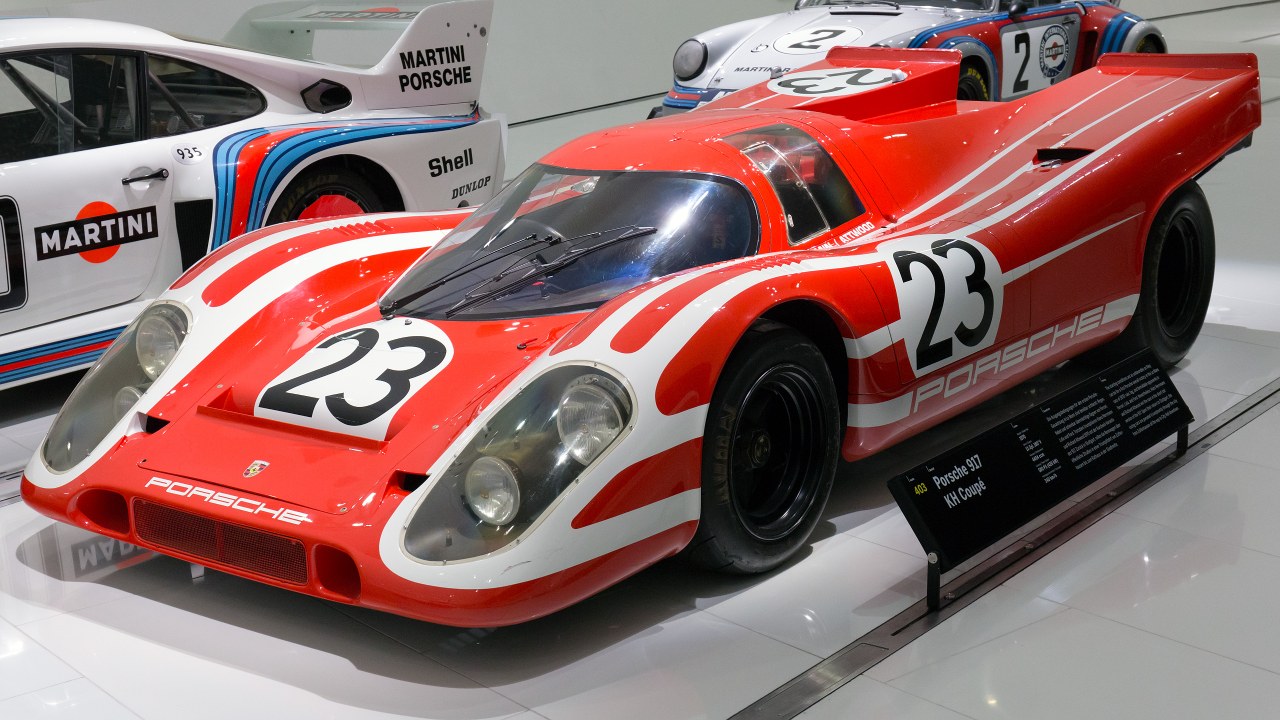
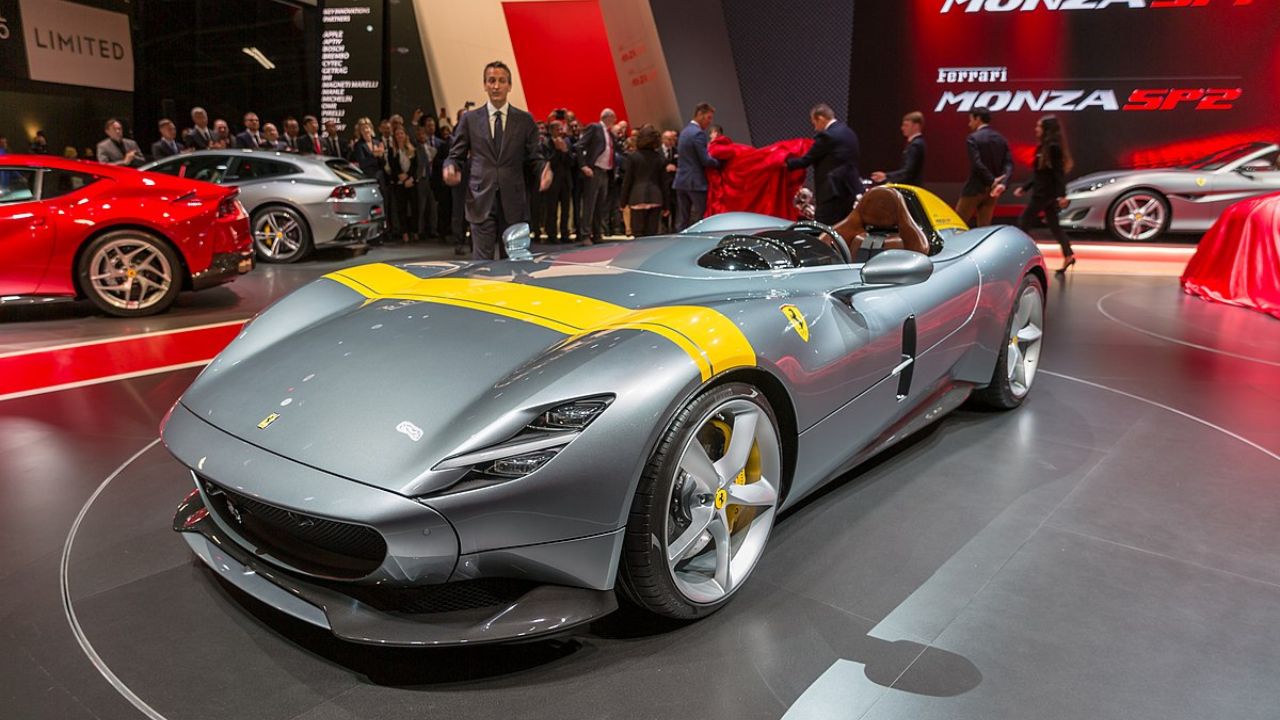
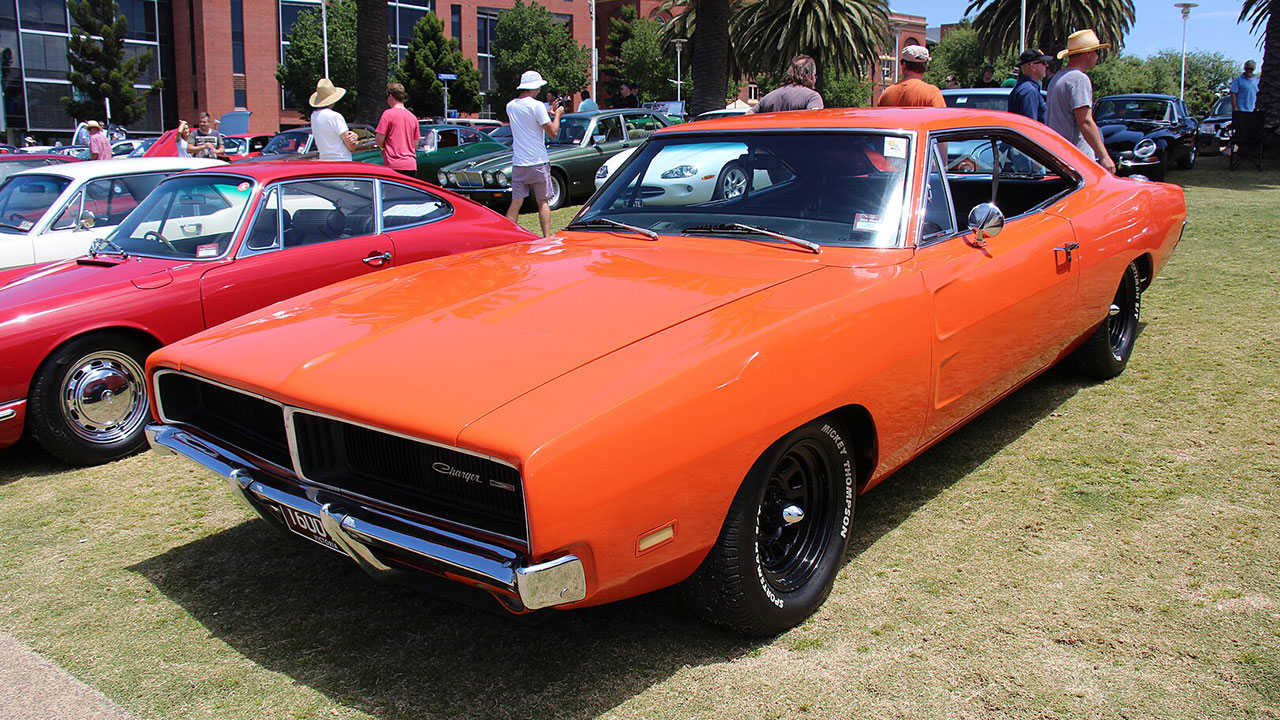



Leave a Reply